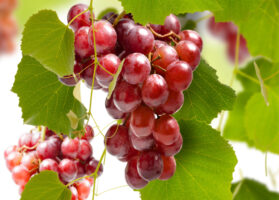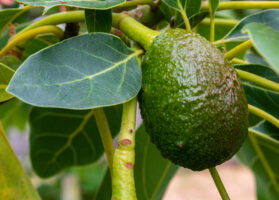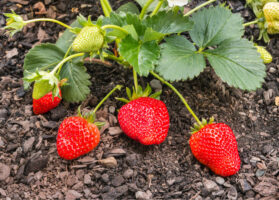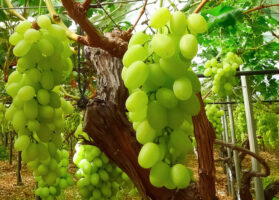Peru’s drought puts 30% of Hass avocados at risk
Overview of avocado Hass from Peru in the U.S. market, complemented by charts from Agronometrics. Original published on December 22, 2022.
Recent growth in the Peruvian avocado supply has been possible in part due to farmers from the high Andean mountains areas joining in.
Unfortunately, these regions will be receiving less water due to a drought that puts in jeopardy the projections for the 2023 campaign.
Juan Carlos Paredes, president of Prohass, told Redagricola, that there is concern about production in these areas that represent 30 percent of the Peruvian exports, because they are production regions that are not receiving rainwater and do not count for the supply of dams or water reservoirs that minimally guarantee irrigation for the duration of the shortage.
In Ayacucho, the lack of water is already perceived as negative because they are in the fruit fattening season.
“There is a risk that if the fruit does not receive enough water, it may be a little too small. I could not tell you what the dimension or size of the problem is, but there is that risk, especially in the Andean areas,” Paredes said.
Even for the coast, this can be a problem, since dam reserves in the north and south of the country are below historical averages.

Source: USDA Market News via Agronometrics.
(Agronometrics users can view this chart with live updates here)
“We do not lose hope, however, that this will change. I don’t think it will be a year with a lot of rain, but hopefully it will at least allow the season to be saved,” he said, after noting that many expect that in the coming week or in January the clouds will appear, and the rains will begin.
The increase in hectares in high Andean areas has been constant in recent years. The first region of the central highlands with the highest production is Ayacucho, which increased its growing area by 288 percent between 2018 and 2022, going from 591 hectares to 2,296 today, according to Prohass.
Another area of the central highlands with great growth is Huancavelica, which went from 339 hectares four years ago to 1,793 today, reflecting an increase of 429 percent.
The News in Charts is a collection of stories from the industry complemented by charts from Agronometrics to help better tell their story.
Access the original article with this (Link)






